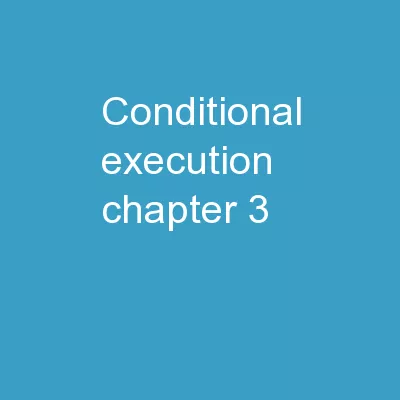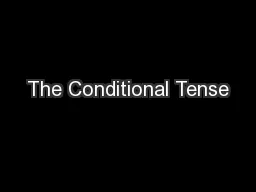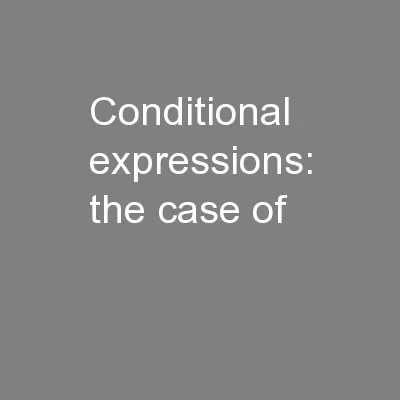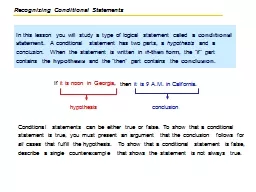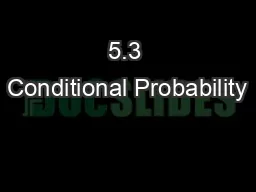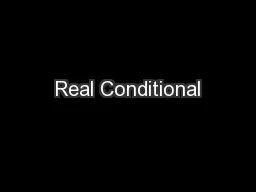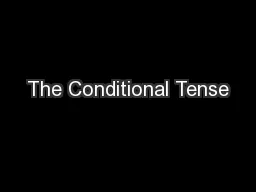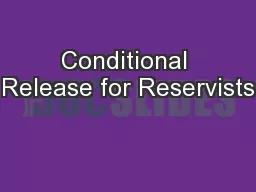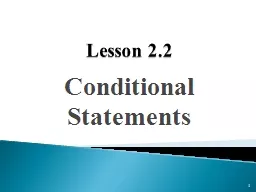PPT-Conditional Execution Chapter 3
Author : jane-oiler | Published Date : 2018-11-09
Python for Everybody www py4e com Conditional Steps Output Smaller Finis Program x 5 if x lt 10 print Smaller if x gt 20 print Bigger p
Presentation Embed Code
Download Presentation
Download Presentation The PPT/PDF document "Conditional Execution Chapter 3" is the property of its rightful owner. Permission is granted to download and print the materials on this website for personal, non-commercial use only, and to display it on your personal computer provided you do not modify the materials and that you retain all copyright notices contained in the materials. By downloading content from our website, you accept the terms of this agreement.
Conditional Execution Chapter 3: Transcript
Download Rules Of Document
"Conditional Execution Chapter 3"The content belongs to its owner. You may download and print it for personal use, without modification, and keep all copyright notices. By downloading, you agree to these terms.
Related Documents

